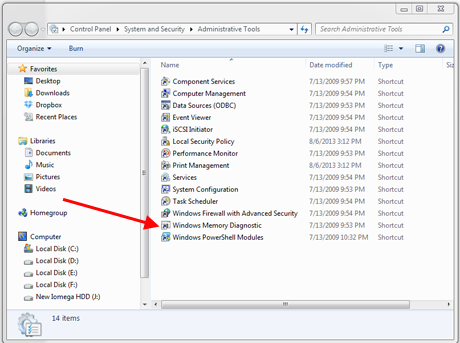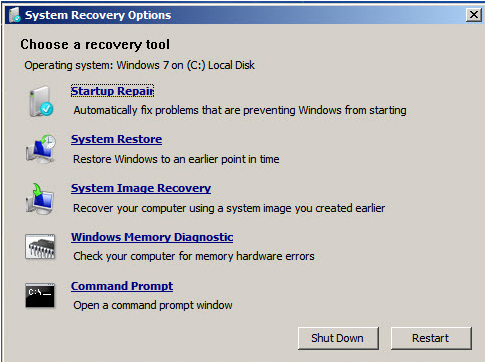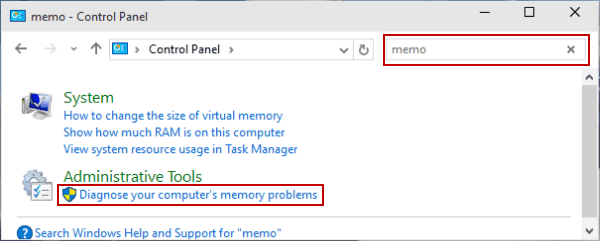

- #WINDOWS MEMORY DIAG COMMAND HOW TO#
- #WINDOWS MEMORY DIAG COMMAND SERIAL NUMBER#
- #WINDOWS MEMORY DIAG COMMAND SERIAL#
While you can use Task Manager to view memory specification information, if you want to determine more specific details such as manufacturer, part number, serial number, etc., it is recommended that you use the command prompt.īefore entering any commands, first search for "cmd" in Windows, and then open Command Prompt as administrator. When adjusting memory settings in the Unified Extensible Firmware Interface (UEFI) or Basic Input/Output System (BIOS), pre-recorded memory information can also help you understand if the configuration has been applied correctly. The Windows Memory Diagnostic Tool will be launched. In the Start Search box type in mdsched and press the Enter key. It is recommended that you allow at least three test passes to complete. Generally, if there is a problem with the computer’s memory then the system will prompt to run the Memory Diagnostics Tool.

In addition, knowing the memory specifications can also help determine the right size, speed and brand to facilitate the purchase of a compatible upgrade kit. The diagnostic will continue to run until you press the Escape key on the keyboard. If your computer's performance is degraded due to memory-hungry applications or games, upgrading the memory can improve performance. Check the memory module speed Type the following command, and then press Enter. Input memory in the bottom-left search box on desktop, and choose Diagnose your computers memory problems. Quick tip: Alternatively, you can also use the Windows key + R. systeminfofindstr/C: 'Total Physical Memory' Confirm the total amount of physical memory (in megabytes) installed on the device. Double-click the Windows Memory Diagnostic shortcut. It is as simple as typing a command and getting the task done. Using commands is a very convenient, time-saving method for any task.

If you see 0 as a memory type code, it means MEMORYCHIP command was not able to determine the RAM type.
#WINDOWS MEMORY DIAG COMMAND SERIAL NUMBER#
For example, when you have to resolve hardware and software related issues, details such as manufacturer name, part number and serial number will be useful when contacting technical support. Type the following command, and then press Enter. Please note that wmic MEMORYCHIP is an old command and does not always detect the correct RAM type. Windows console commands have changed over time: in newer Windows versions, users no longer have access to some of the familiar commands.
#WINDOWS MEMORY DIAG COMMAND HOW TO#
For this reason, we’ll explain what the command line is, how to open it, and which CMD commands there are for Windows. On Windows 10, the ability to check the technical specifications of the memory installed on your computer will come in handy in many situations. Memtest86+ is used to find memory errors by using advanced algorithms that are effective at detecting memory errors. But a lot can be achieved with the command prompt in Windows, too.


 0 kommentar(er)
0 kommentar(er)
